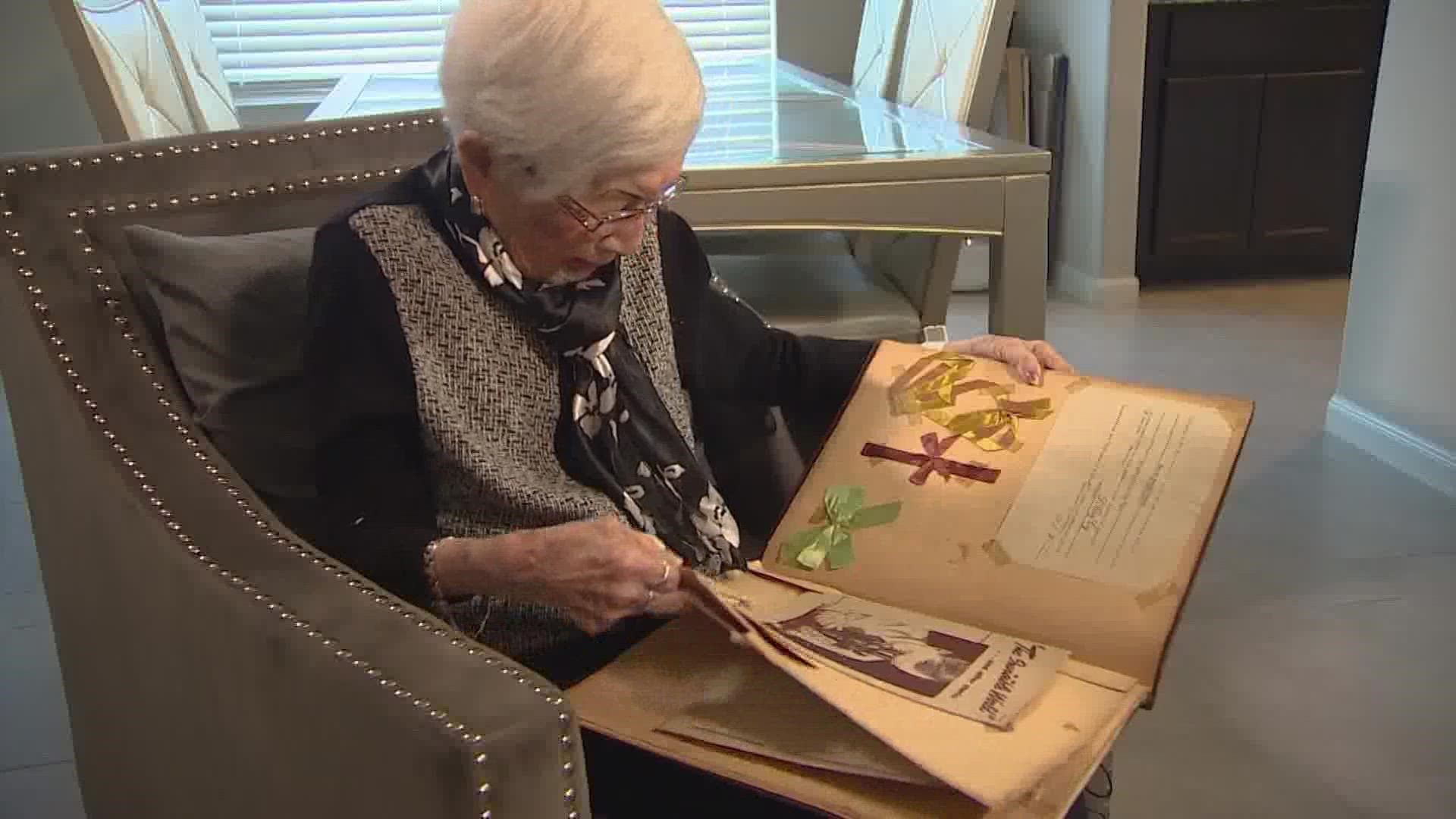KATY, Texas — Photos and precious keepsakes have a way of taking us back to places we love to remember and moments we don’t want to forget.
Marion Takehara is carefully going through a scrapbook she made, a treasure trove of photographs, letters, greeting cards and tickets to events that take her back to the early 1940s.
“I remember doing this,” Takehara muses. “I made this scrapbook.”
“I was going to write a book about myself,” she laughed. “I should have.”
As it goes with a lot of these mementos, many greetings cards and pictures aren’t dated. But some of the tickets are; several of them are from Amache, an internment camp where Takehara was forced to live after Japan bombed Pearl Harbor.
“When I look back and think about it, it makes me sort of cry,” she said.

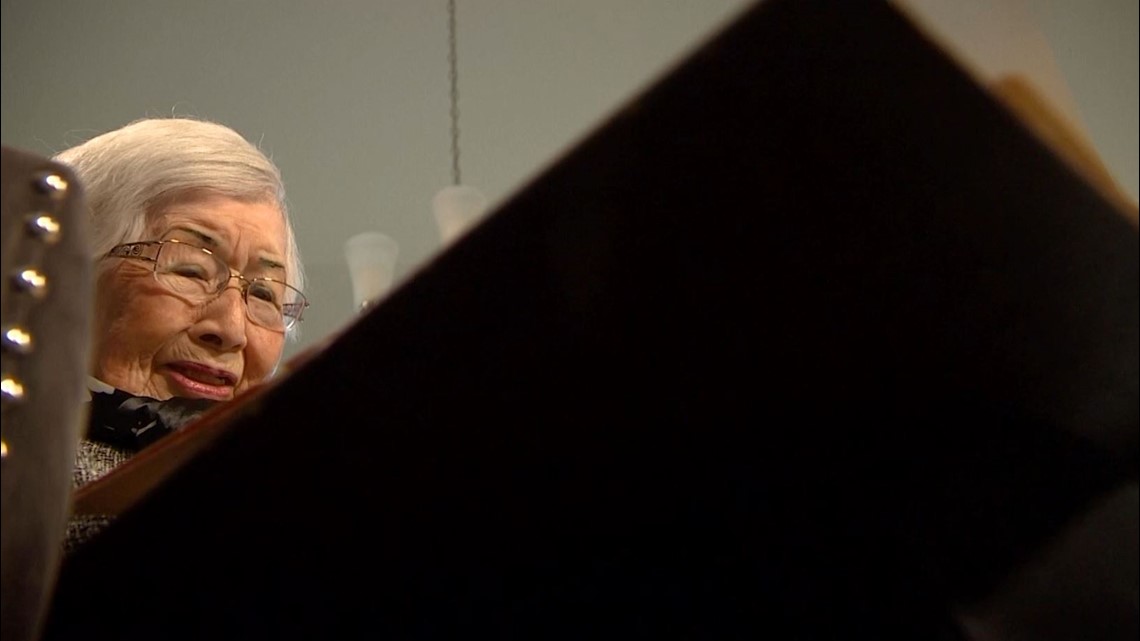
In 1942, Takehara was Marion Konishi, a teenager attending high school in Los Angeles. She lived there with her parents and brother.
“We lived a pretty normal life,” she said. “When Pearl Harbor happened, that’s when everything changed. We were scared. We didn’t know what to do.”

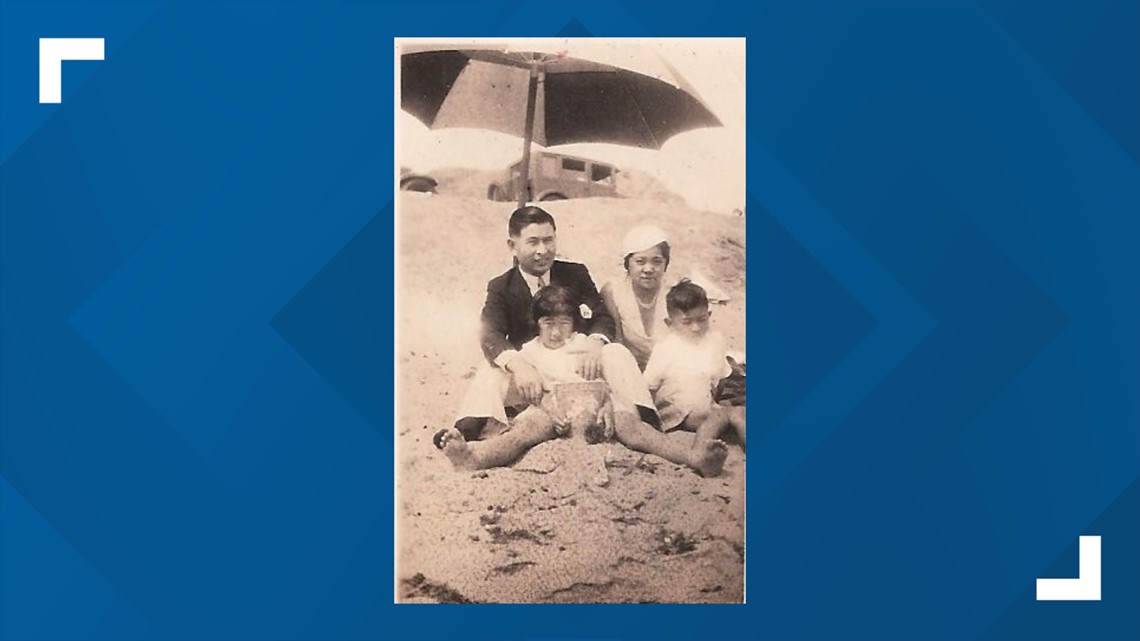
Two months after Pearl Harbor was bombed, President Franklin D. Roosevelt issued Executive Order 9066, authorizing the forced removal of people considered a national security threat.
This led to the incarceration of an estimated 120,000 Japanese Americans, the majority of whom were American citizens.
“We were given only 14 hours to move,” Takehara recalled.
She and her family were forced to leave everything.
“We had to put our dog to sleep because we didn't know what to do with it,” she said.

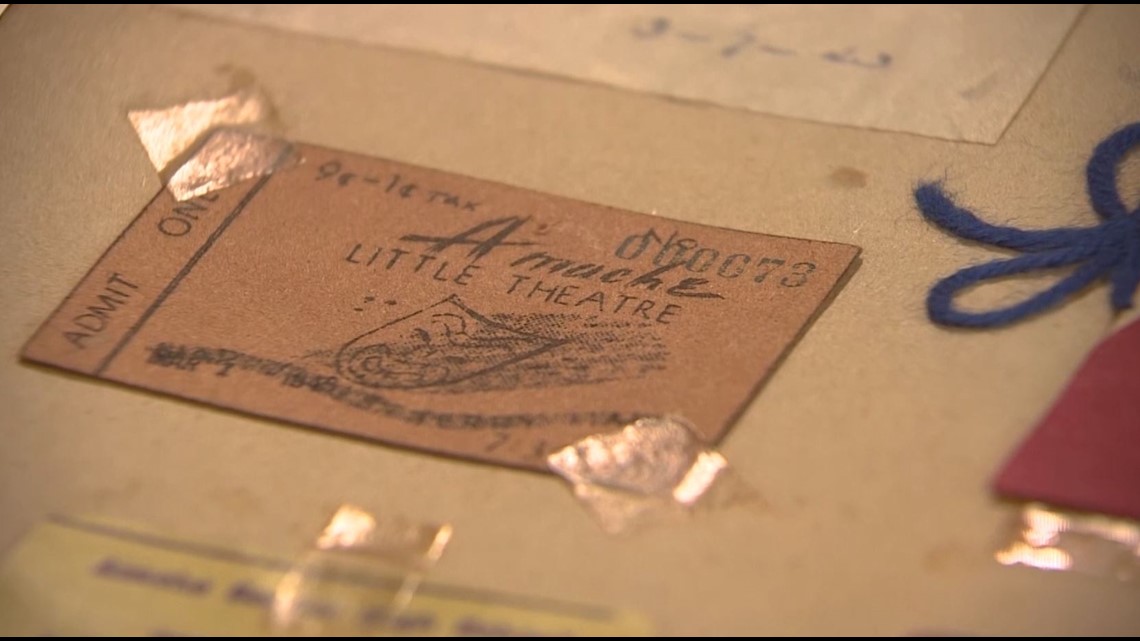

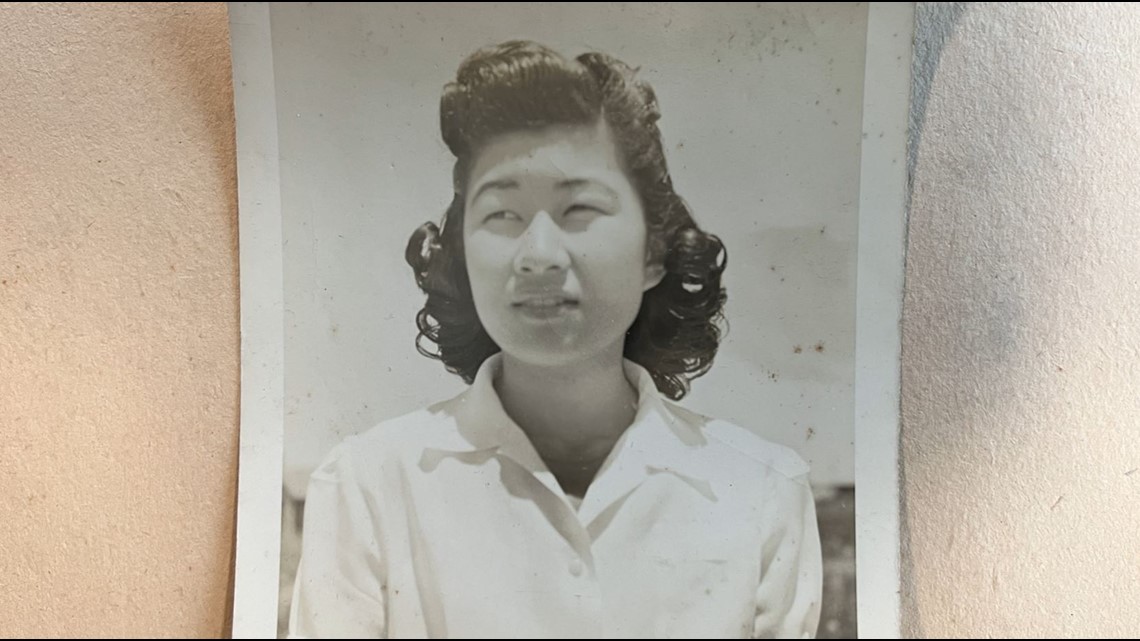
She remembers “people that came in and wanted to buy everything we had and stuff things like that. But that night before we left, we all slept on the floor. And I hate talking about because it just makes me cry.”
Then known as Konishi, Marion and her family were taken to a small Colorado town, to an internment center called Camp Amache. At its peak, the camp held more than 7,000 people.
“In the showers, there was no doors in the showers and it was hard for me,” Takehara recalled. “Can you imagine what it's like for an older person to have to go to the bathroom without doors in the showers? And when I read over my notes, it made me sad again, too. But we got over it.”
Takehara said she wasn’t bitter then, and she isn’t now.
“I have met many wonderful people. I've had a wonderful life,” she said.
View the full interview with Takehara below.
At 96, Takehara’s memory isn’t as crisp as it used to be. But what she does remember she wants to keep sharing, so the rest of us know what happened and never forget.
“We want more people to know it, and (for it to) be in textbooks and things like that,” she said.
Camp Amache just became part of the National Park system, which will help preserve and protect it.

